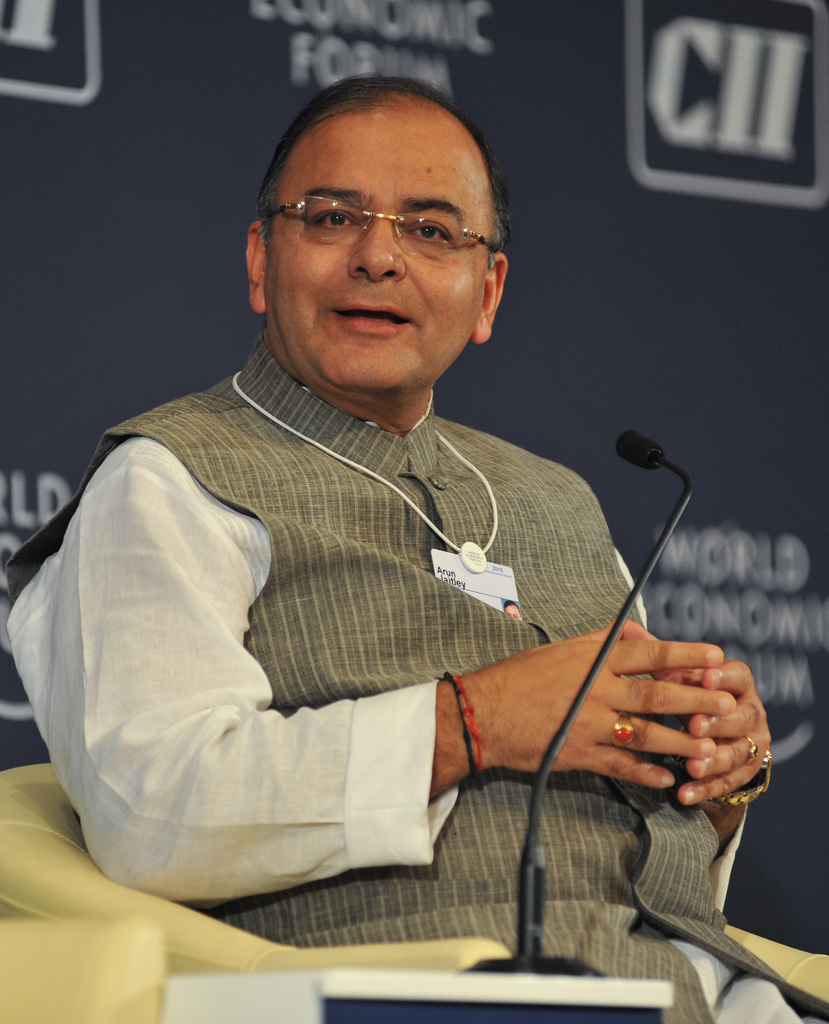Three recent pieces of data coming out of China suggest that all is not well in the Middle Kingdom. The economic growth (as measured by the rate of growth of gross domestic product) during July to September 2014 came in at 7.3%.
While the number is on the higher side in comparison to the economic growth rates that prevail all over the world, it isn’t in comparison to the rates at which China has grown over the last three decades. As The Economist put it “It[i.e. the Chinese economic growth] was well below the roughly 10% pace China had averaged from 1980 until two years ago.”
Over and above this, the consumer price inflation for September 2014 came in at 1.6% against 2% in August 2014. This is another sign of the Chinese economy slowing down. In fact, the producers price index (or what we call the wholesale price index) has been falling since early 2012. In fact, September 2014, saw the biggest month on month drop of 0.4%.
Over and above this, the foreign exchange reserves declined big time. As Albert Edwards of Societe Generale put it in a recent research note titled Once again the key Chinese data were overlooked and dated Oct 23, 2014 “I was also surprised to see that the $100bn decline in China’s Q3 FX[foreigh exchange] reserves, the largest quarterly fall ever. As I have explained, this reflects deterioration in Chinese competitiveness from its excessively strong real exchange rate.”
China has grown at a rapid rate since the late 1970s, when Deng Xiaoping took over the reigns of the country. And no country has ever come close to matching the astonishing growth that China has achieved since then.
As economists Lant Pritchett and Lawrence H. Summers of Harvard University point out in a recent research paper titled Asiaphoria Meets Regression To The Mean “Episodes of super-rapid growth (>6 percent) tend to be extremely short-lived…China’s experience from 1977 to 2010 already holds the distinction of being the only instance, quite possibly in the history of mankind, but certainly in the data, with a sustained episode of super-rapid (> 6 percent per annum) growth for more than 32 years.”
Very few countries have come close to achieving what China has. As the Harvard economists point out “The median duration of a super-rapid growth episode is nine years…There are essentially only two countries with episodes even close to China’s current duration. Taiwan had a growth episode from 1962 to 1994 of 6.8 percent (decelerating to growth of 3.5 percent from 1994 to 2010). Korea had an episode from 1962 to 1982 followed by another acceleration in 1982 until 1991 when growth decelerated to 4.48 percent—a total of 29 years of super-rapid growth (>6 percent)—followed by still rapid (>4 percent) growth.”
Given this, the Chinese economic growth is what we could call an exception to the rule that sustained rapid economic growth is a rarity. It is safe to say that beyond a point economic growth collapses more often than not. And once the growth starts to collapse it tends to come down to the mean growth rate of the world, which is just a little over 2%. “The typical (median) end of an episode of super-rapid growth is near complete regression to the world mean growth rate. The median of the growth episode that follows an episode of super-rapid growth is 2.1 percent per year,” write Pritchett and Summers.
In this scenario what are the chances that China will continue to grow at a high growth rate in the days to come? The China bulls would obviously like to tell us that people have talking about Chinese growth stalling for a while now. Nevertheless, even though Chinese growth has slowed down it hasn’t really crashed.
The trouble with forecasters is that they “invariably extrapolate recent growth”. They expect the present state of affairs to continue. But that as we know is not the case more often than not. As the Harvard economists point out “There was a widespread view right up until the end of the 1980s that Japan would continue to grow and outcompete the world….During the late 1980s, it was widely believed that Japanese-style industrial policy, Japanese emphasis on corporate linkages through keiretsu, and high levels of investment supported by financial repression were keys to rapid growth. A decade later, the conventional wisdom held nearly the opposite views.”
The same is true about Africa as well. “In the opposite direction, consider the pervasive pessimism of even a decade ago regarding Africa. Since then, African countries emerged as a majority of the world’s most rapidly growing nations.”
In fact in the 1960s there was even the belief that the Soviet Union would outgrow the United States. This was “based on an extrapolation of its recent growth performance.”
Another good example here is that of Brazil. As The Economist points out “Slowdowns often occur despite seemingly sound prospects: both Brazil in 1980 and Japan in 1991 looked like juggernauts, yet they managed scarcely any growth at all in real GDP per person over the following 20 years. A slowdown is not a sign of failure, they say; rather, persistent rapid growth suggests unusually good fortune or policy.”
To conclude, what all this clearly tells us is that Chinese growth will falter sooner rather than later. The only question is when. On that your guess is as good as mine.
The article originally appeared on www.FirstBiz.com on Oct 28, 2014
(Vivek Kaul is the author of the Easy Money trilogy. He tweets @kaul_vivek)




